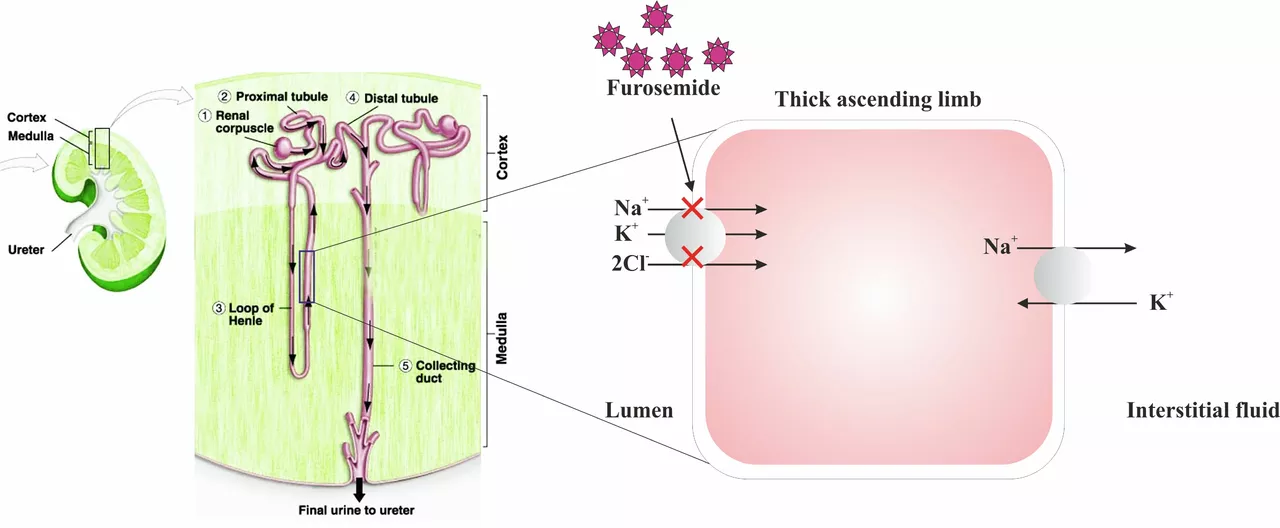Hyperuricemia: what it is and why it matters
High uric acid in the blood—hyperuricemia—can seem harmless until it causes pain. When uric acid crystals form in joints, you get gout. Crystals can also lodge in kidneys and cause stones. Knowing the basics helps you avoid flare-ups and long-term damage.
Causes & symptoms
Uric acid comes from breaking down purines, which are in many foods and in your cells. Your body makes uric acid and your kidneys clear most of it. Hyperuricemia happens when you make too much or your kidneys can’t remove enough. Common causes include genetics, certain medicines, kidney disease, obesity, and high alcohol or sugary-fructose intake.
Symptoms aren’t always obvious. Many people have high uric acid with no pain. When symptoms appear, expect sudden, intense joint pain—often the big toe—redness, swelling, and warmth. Recurrent attacks or lumps under the skin (tophi) mean longer-term buildup. Kidney stones or reduced kidney function can also show up.
How doctors test and treat it
A simple blood test measures serum uric acid. Your doctor may also check joint fluid if gout is suspected and order kidney imaging for stones. Treatment depends on your situation: for one-off flares, short-term anti-inflammatories work. For frequent attacks or to lower long-term risk, doctors prescribe urate-lowering drugs like allopurinol or febuxostat. These drugs reduce production of uric acid or help remove it.
Start medicine only after a proper diagnosis. Uric-acid drugs can have side effects and need dose checks. Your doctor will usually monitor blood levels and kidney function while you’re on therapy.
Practical steps you can take today
Food matters but it’s not the whole story. Cut back on red meat, organ meats, shellfish, and high-fructose drinks. Limit beer and spirits—beer raises uric acid more than wine. Eat more low-fat dairy, vegetables, whole grains, and cherries if you like them; some studies link cherries to fewer gout attacks.
Hydrate. Aim for steady water intake to help kidneys flush uric acid. Lose weight if you’re overweight—gradual weight loss reduces uric acid. Avoid crash diets; rapid weight loss can temporarily raise uric acid and trigger attacks.
If you take meds that raise uric acid (like some diuretics), talk with your doctor before stopping anything. Never buy prescription urate-lowering drugs without a prescription. If you consider online pharmacies, verify credentials and ask your doctor first.
Watch for warning signs: sudden severe joint pain, fever with a hot swollen joint, or signs of kidney stones. Those need prompt care. Regular checkups and a clear plan with your doctor keep hyperuricemia from turning into a bigger problem.
Want practical tips tailored to your situation? Bring a list of your meds and recent lab results to your next visit and ask about targets for serum uric acid and the pros and cons of starting urate-lowering therapy.

